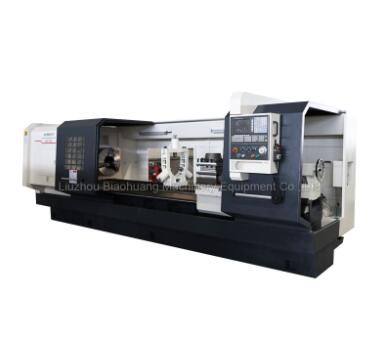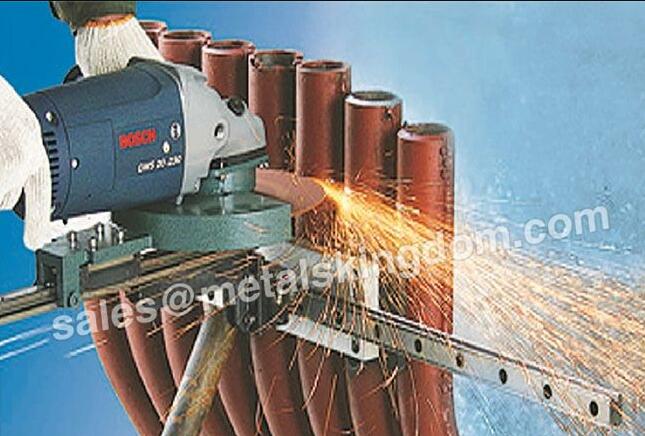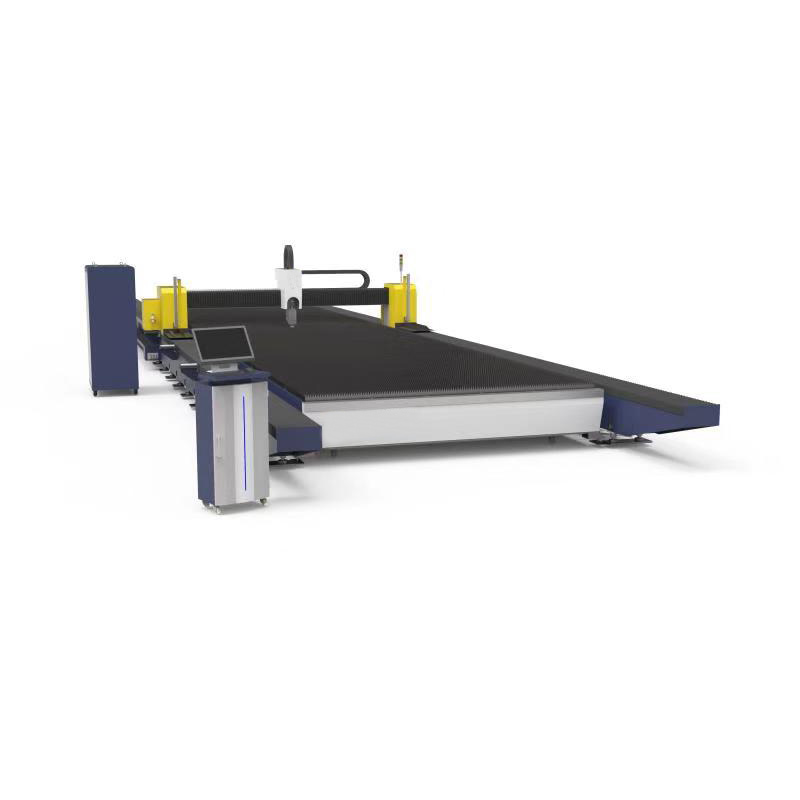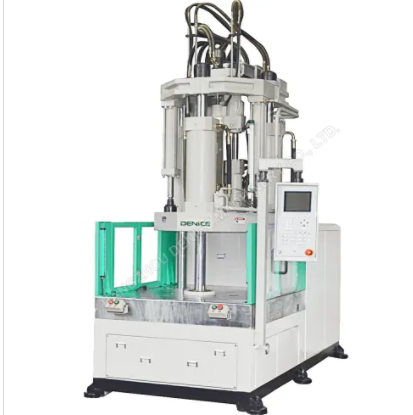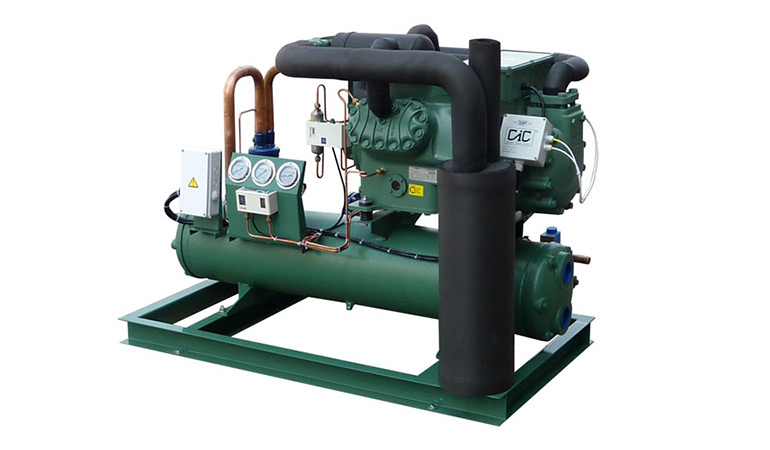How to choose a fiber laser tube cutting machine
Choosing a fiber laser tube cutting machine requires careful consideration of various factors to ensure that the machine meets your specific needs and production requirements. Here's a step-by-step guide to help you make an informed decision:
Identify Your Application Needs: Begin by understanding your specific tube cutting application requirements. Consider factors such as the types of materials you'll be working with (e.g., stainless steel, aluminum, brass), the range of tube diameters and lengths you need to cut, and the complexity of cuts required (straight cuts, bevels, miters, etc.).
Cutting Capacity and Size: Determine the maximum tube diameter and length that your production demands. Make sure the machine you choose can accommodate the size of tubes you commonly work with.
Laser Power: The laser power of the machine influences the cutting speed and thickness of materials it can handle. Choose a Tube Metal Laser Cutting machine with a laser power appropriate for the materials and thicknesses you'll be cutting.
Precision and Accuracy: Look for a machine that offers high precision and accuracy. This is crucial, especially for applications that require tight tolerances and intricate designs. Check the machine's positioning accuracy and repeatability.
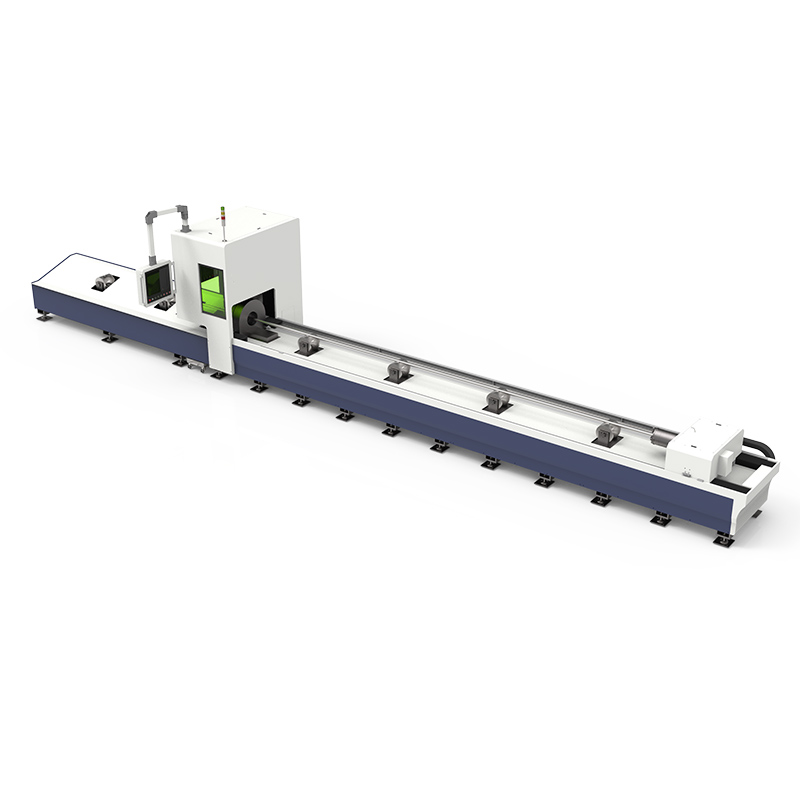
Software and Programming: Evaluate the machine's software and programming capabilities. User-friendly software can streamline the programming process and allow for easy design import and modification. Ideally, the software should provide simulation tools to preview cuts before execution.
Automation and Loading/Unloading: If you have high-volume production needs, consider machines that offer automation features such as automatic loading and unloading. This can increase efficiency and reduce manual labor requirements.
Support and Training: Choose a manufacturer that provides comprehensive training and technical support. Proper training ensures your operators can utilize the machine effectively, and reliable support minimizes downtime in case of technical issues.
Maintenance and Serviceability: Look for a machine designed for ease of maintenance. Machines with accessible components and clear documentation can save time and money in the long run.
Additional resources:Advantages of DC TIG Welding Machines
What Are the Different Types of Plastic Injection Molding Machines?
Exploring the Difference between Rotary and DTH Drilling
Rotary Drilling vs. DTH Drilling: Understanding the Key Differences
Mobile Tower Crane: Revolutionizing Construction Lifting
Understanding the Difference Between AWP and EWP
What is the Difference Between AWP and EWP?
Machine Build Quality: The build quality of the machine affects its durability and longevity. Opt for a machine constructed from high-quality materials that can withstand the demands of industrial use.
Reviews and References: Research customer reviews and seek references from other businesses using similar machines. Their experiences can provide insights into the machine's performance, reliability, and customer support.
Price and ROI: Consider the initial investment cost of the machine and weigh it against the potential return on investment (ROI). A machine with higher upfront costs might offer better efficiency and productivity in the long run.
Future Expansion and Upgrades: Anticipate future needs and growth. Choose a machine that allows for upgrades or expansion, enabling you to adapt to changing production demands.
Safety Features: Safety is paramount in any industrial setting. Look for machines equipped with safety features such as interlocks, emergency stops, and enclosed workspaces.
Environmental Considerations: Assess the machine's energy efficiency and environmental impact. Energy-efficient machines can help reduce operating costs and minimize your carbon footprint.
Warranty and Service Contracts: Review the warranty terms and available service contracts. A comprehensive warranty and service plan can provide peace of mind and safeguard your investment.
By thoroughly evaluating these factors and conducting thorough research, you can select a fiber laser tube cutting machine that aligns with your production goals, quality standards, and budget constraints. Remember that each application is unique, so take the time to tailor your choice to your specific needs.
Horizontal Flow Wrap Machine: Enhancing Packaging Efficiency and Productivity
Maximizing Efficiency and Precision with Chain Induction Heat Treating Line
What is the closing time for an annular BOP?
Automatic Screw Driving Machine: Efficient and Reliable Automation Solution
Screwdriving Robot: Revolutionizing Industrial Automation
How does oil extraction machines work?
Inline Plastic Scrap Granulator: A Revolutionary Solution for Plastic Waste Recycling






